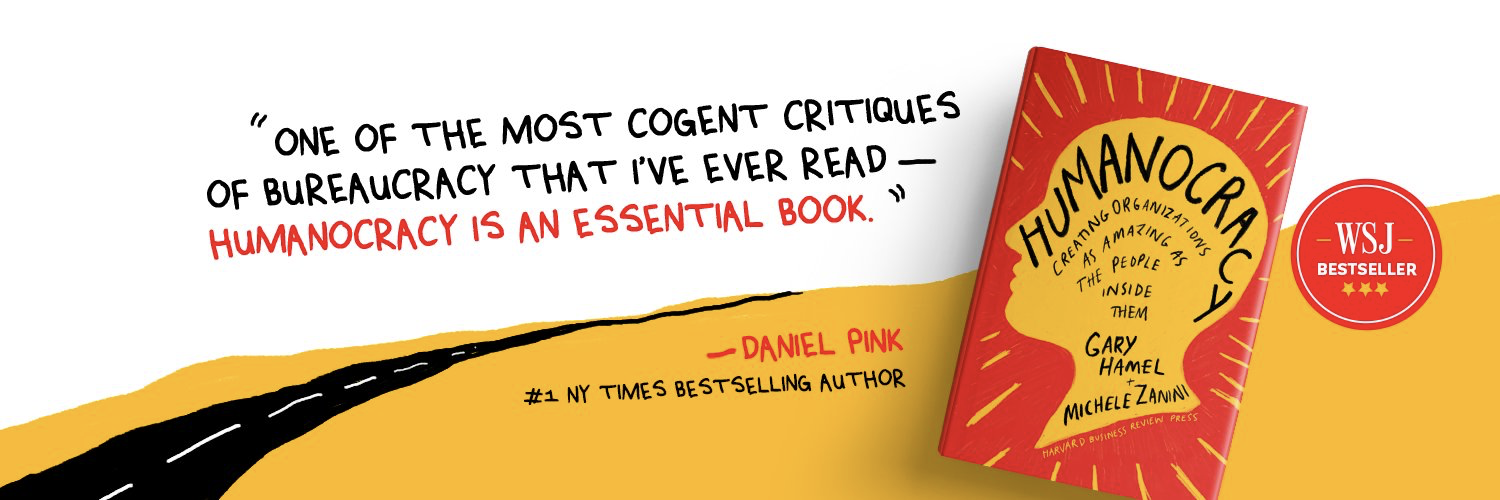What if community building becomes a core practice within companies to exploit the diversity of passion and pride among the current employees? Corporate philanthropy was not a planned recognition or communications event, but rather a philosophy of how business occurred for all involved. Rather than trying to create engagement, the built-in engagement of every employee’s interests and pursuits was brought to the forefront. The employee’s private voice became one with their work voice, holistic engagement.
Context for community as a design principle:
- Companies are like small communities, able to create cultures that serve as examples how the rest of us should live.
- Community is not the same as the often misaligned pursuit of “this place feels like family”. What makes a family great isn’t what makes a team great. Families value relationship over contribution. Businesses values contribution over relationship. The best teams (a community) strike the perfect balance; the work exists for the people as much as the people exit for the work.
- The community experiences you provide create the beliefs people hold. Sharing these experiences is only worthwhile when it tells what we stand for, not what we do.
Conceptualizing the Process
- Companies no longer wrote checks for causes or sponsored events, but rather engaged the full range of resources at its disposal in the areas of current employee interests.
- Natural affinity teams emerged based on genuine interest and identify, to complement the traditional diversity lens of groups formed.
- Community leadership becomes the sandbox of experiential leadership training though on the job development.
Imagine how good it could be when our “physical” local communities and neighbors begin to take notice of the company’s community engagement, and they ask themselves, why is this company so motivated to help? What is at the core of these people and this company? Imagine how we might inspire others to join!
Malcolm, I like the concept of 'community' seen in the ways you describe.
The CIPD Employee Engagement Forum ran a networking event recently (Nov 2012) where we explored the concept of organisations as a series of overlapping communities/sub-communities rather than viewing them through the lens of a traditional hierarchy chart. The discussion touched on the community values that were evident in such 'utopian' visions as Robert Owens New Lanark mill project. Employers that recognise the existence, and harness the power, of professional/techical/social communities within their culture are probably more likely to achieve engagement.
The (CSR) role of employers also engaging with their wider public communities is an important extension of this. Organisations can develop leadership skills through working with and for local communities, rather than existing as an employer in isolation from their geographical hinterland. Altruistic activities like this can make corporate values like 'Integrity' come to life.
- Log in to post comments
Your thoughts are fascinating, Malcolm. I believe that organizations (businesses specifically) have a lot of talented, passionate individuals yearning to make a difference. The expectation that we sit at our laptop for 40-60 hours a week really puts a damper on those dreams, however, and there's not an expectation within our businesses that we use our skills not only to drive profit, but to benefit the communities in which we live.
I wonder if our connection to our communities would increase if involvement (specifically, skill-based volunteerism) became an articulated, transparent expectation. We'd build new relationships, become more creative, and bring new perspectives and empathy into our day jobs.
- Log in to post comments





You need to register in order to submit a comment.